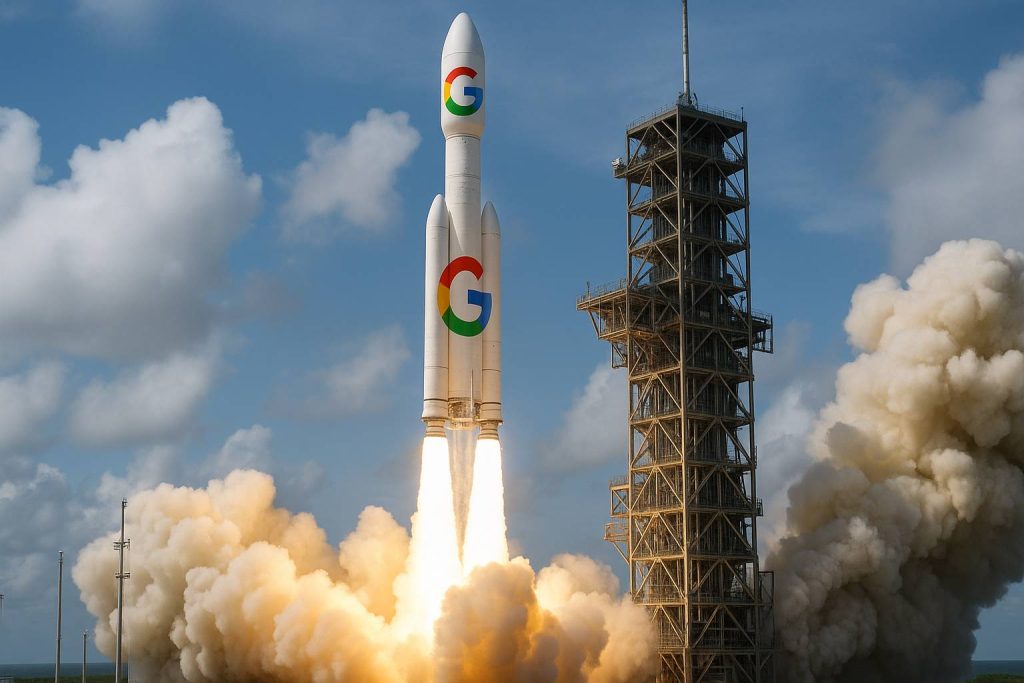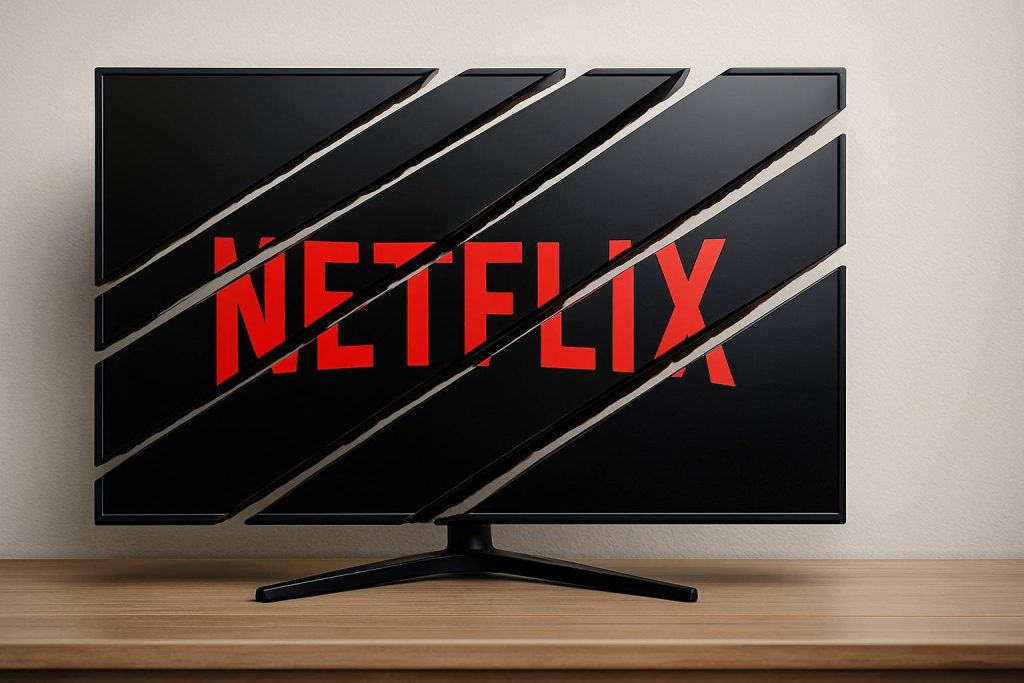Trump’s Tariffs and Investments: What Every Stockholder Needs to Know
After months of headlines and back and forth, the date is here. President Trump’s declaration of a national emergency to implement sweeping tariff policies created exactly the type of trade policy uncertainty that sophisticated investors had been preparing for throughout 2025. The Trump’s tariffs amounted to an average tax increase of nearly $1,300 per US household in 2025, while PWBM projected Trump’s tariffs would reduce GDP by about 8% and wages by 7%, with a middle-income household facing a $58K lifetime loss.
The implementation of universal minimum 10% tariffs on all trading partners created immediate market volatility and inflationary pressure that reinforced exactly why institutional investors had been diversifying toward policy-proof assets that maintained value independent of trade disputes, political uncertainty, and economic policy shifts affecting traditional financial markets.
Contrary to Trump’s repeated claims that tariffs would boost the economy, experts believed the economy would get weaker, with higher inflation and slower job growth. This fundamental disconnect between political promises and economic reality highlighted the critical importance of asset allocation strategies that remained insulated from policy-dependent market sectors during periods of unprecedented trade uncertainty.
This Article Covers:
- The immediate economic impact of Trump’s universal tariff implementation on market stability
- Why inflation warnings from tariff policies drove institutional capital flight to quality
- How trade policy uncertainty created systematic risk across policy-dependent sectors
- Why collectible automotive investments remained completely insulated from tariff volatility
- How MCQ Markets provides access to heritage assets unaffected by trade policy disruption
- Investment strategies for navigating economic uncertainty through tangible asset allocation
Trump's Tariffs Implementation: Economic Impact Analysis and Market Disruption Assessment
The scope of Trump’s tariffs implementation created unprecedented economic disruption across multiple sectors.
Global real GDP growth was expected to be 1.4% in the fourth quarter of 2025, down from 2.1% at the start of the year as the cascading effects of universal trade barriers began impacting international commerce and domestic consumer prices.
The tariffs significantly reduced US and global economic growth and increased inflation in many economies, creating exactly the type of systematic economic risk that alternative asset allocation strategies were designed to mitigate. The implementation affected consumer goods, industrial inputs, and raw materials across all major trading relationships, eliminating the selective nature of previous trade policies.
Economic analysts had warned about inflationary pressure from universal tariff implementation, but the actual market impact exceeded many projections. Tariffs were fueling inflation, causing lethargy in the labor market and further sowing the seeds of uncertainty, creating conditions where traditional economic indicators became unreliable guides for investment decision-making.
The tariff implementation demonstrated how rapidly political decisions could affect entire economic sectors, but it also highlighted why investors seeking stable returns had been increasingly diversifying into assets that maintained value regardless of trade policy or political uncertainty affecting traditional financial markets.
Trade Policy Vulnerability: The Hidden Risk of Economy-Wide Tariff Dependence
This policy dependence manifested in several critical ways:
Inflation Pressure Risk: Universal tariffs created immediate consumer price increases across all import categories while generating insufficient domestic production capacity to offset supply constraints, creating unsustainable cost structures throughout the economy.
Supply Chain Disruption Exposure: Companies faced increasingly complex international trade relationships with traditional suppliers offering equivalent products at dramatically different price points, eliminating established cost advantages and operational efficiency.
Economic Growth Uncertainty: The United States saw lower GDP, investment, employment, and real wages over the following decade and higher inflation over the initial two years, creating credibility concerns that extended beyond individual policy cycles to overall economic management effectiveness.
Market Sentiment Dependence: Traditional equity valuations had historically reflected stable trade relationships rather than policy uncertainty fundamentals, making stocks particularly vulnerable to disappointment and narrative changes affecting investor perception of economic stability.
The tariff implementation demonstrated how dramatically political decisions could affect broad-based economic performance, but it also highlighted why investors seeking stable returns had been increasingly diversifying into assets that maintained value regardless of trade policy execution or economic sentiment shifts.
Alternative Investment Strategy: Heritage Assets During Economic Policy Volatility
Trump’s tariffs implementation represented more than trade policy adjustment; it exemplified the broader challenge of traditional investing during periods of political uncertainty and economic policy experimentation. Sophisticated institutional investors had responded to such volatility by increasing allocation toward tangible heritage assets that offered performance uncorrelated with trade policy cycles, political guidance, or economic sector rotation.
The tariff-induced economic uncertainty created exactly the type of policy risk that alternative asset allocation was designed to mitigate. While traditional investments experienced dramatic swings based on political decisions, investment-grade collectibles continued appreciating based on fundamental supply and demand factors completely divorced from trade policy considerations or economic uncertainty.
While traditional markets faced unprecedented policy pressure and economic uncertainty, MCQ Markets offers accredited investors access to investment-grade collectible automobiles that exist completely outside the policy-dependent traditional investment sector.
MCQ Markets provides fractional ownership access to rare vehicles through our innovative investment platform, connecting global collectors with blue-chip automotive assets starting at accessible investment minimums. With fractional ownership starting at just $20 per share, MCQ Markets gives access to the same high-demand investment-grade assets many of the world’s top investors are chasing. Unlike policy-dependent traditional investments, our collector car portfolio remains unaffected by tariff implementation, trade policy challenges, or broader economic policy volatility.
Our proven fractional ownership model continues attracting significant investor interest, with sophisticated portfolio managers recognizing that automotive heritage assets offer multiple individuals the chance to own shares of rare vehicles such as a 1986 Lamborghini Countach 5000 QV and a 2012 Lexus LFA. This success reflects growing awareness that collectible investments provide exposure to automotive excellence without exposure to political risk or economic policy pressure.
Investment Outlook: Navigating Economic Uncertainty Through Collectible Asset Diversification
Trump’s tariff implementation created substantial concern for traditional investors, but it also reinforced fundamental principles about policy concentration risk and economic uncertainty dependence. While traditional markets and policy-dependent sectors faced execution pressure and political uncertainty challenges, alternative assets like investment-grade collectible cars offered stability and appreciation potential completely independent of political performance.
MCQ Markets addresses these concerns by providing institutional-quality access to automotive heritage assets that have appreciated based on collector demand, historical significance, and engineering excellence rather than political decisions or economic policy performance. Our innovative fractional ownership model serves both passionate enthusiasts and seasoned investors, democratizing luxury ownership and allowing more individuals to participate in the collectible automotive market.
Trump’s tariff implementation highlighted both the opportunities and risks inherent in policy-dependent sectors. While traditional investments celebrated previous stability, collectible automotive investments continued operating in markets driven by fundamental scarcity and collector demand factors that remained unaffected by political cycles or economic policy guidance.
Through our proven blockchain-enabled fractional ownership infrastructure and automotive expertise, MCQ Markets continues to offer fractional ownership in rare, investment-grade vehicles such as their sold-out Lamborghini Countach and the newly listed 2012 Lexus LFA, which is one of only 500 units ever produced. This approach provides the technology and expertise necessary to access automotive investment opportunities that remain completely insulated from the policy volatility affecting traditional economic and automotive sector investments.





